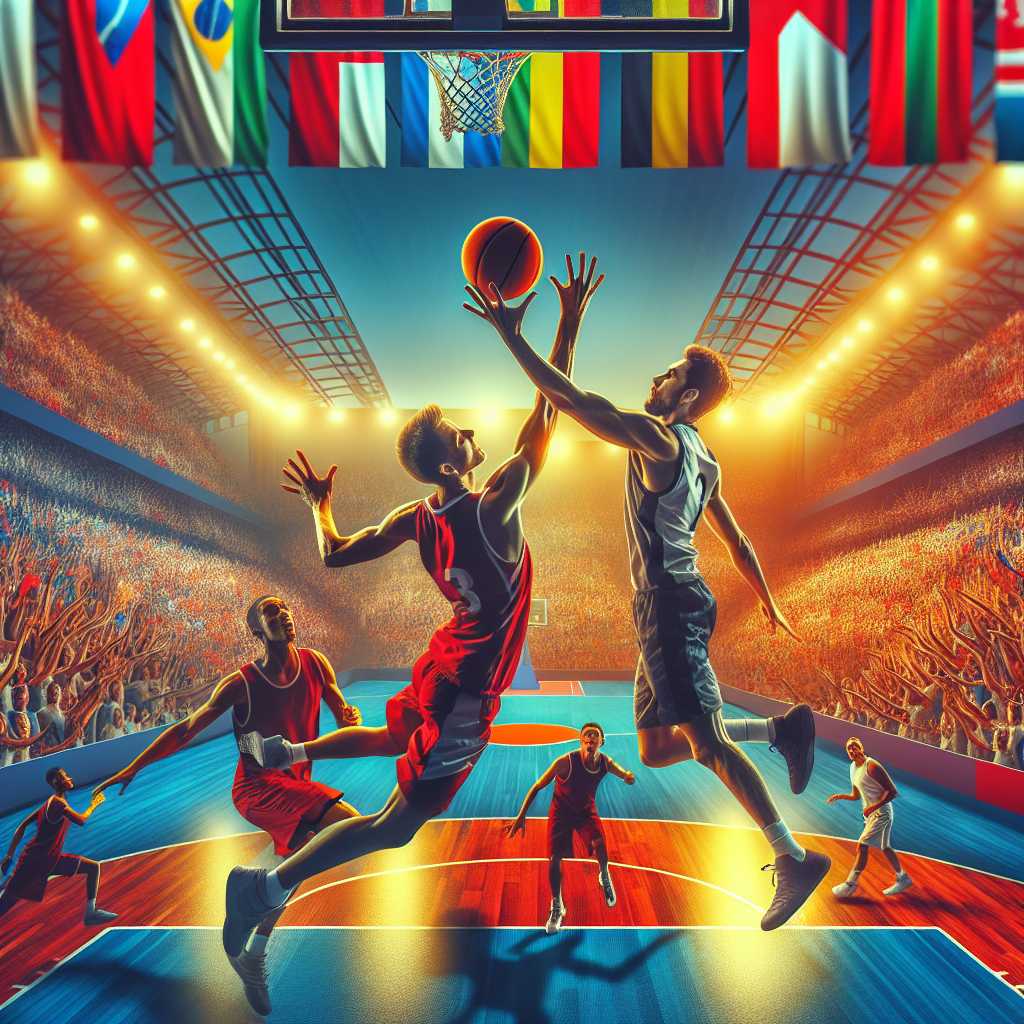The History and Evolution of Olympic Basketball
Basketball has been an integral part of the Olympic Games since it was first introduced as a demonstration sport in the 1904 St. Louis games. The sport’s official Olympic debut came in 1936 at the Berlin Summer Olympics, showcasing its growing popularity and the globalization of the sport.
The Early Years and Historical Moments
The inclusion of basketball in the 1936 Olympics marked a significant milestone, represented by the fair play and determination that has come to define the Olympic spirit. Significantly, the United States won the first gold medal in men’s basketball, setting a precedent for future success. From 1936 to the 1968 Mexico City Olympics, American mens’ teams, composed primarily of amateur players, largely dominated the Olympic courts.
Globalization and Competitive Diversity
However, as basketball spread globally, other nations began to catch up. The USSR’s victory over the USA in a highly contentious match during the 1972 Munich Olympics showed that the American dominance could be challenged. This game is often recalled for its controversial ending and remains one of the most talked-about moments in Olympic basketball history. Later years saw countries such as Yugoslavia and Argentina becoming other dominant forces, proving that the sport had grown beyond American shores.
Professional Players Enter the Scene
The International Basketball Federation (FIBA) agreed in 1989 to allow professional players to participate in the Olympics. This decision changed the landscape entirely with the formation of what would be called the “Dream Team” for the 1992 Barcelona Olympics. Featuring American NBA stars like Michael Jordan, Magic Johnson, and Larry Bird, this team was unbeatable and aided in showcasing basketball globally like never before.
Women’s Competition and Equality on Court
Parallelly, women’s basketball emerged strongly on the Olympic scene with its introduction as an official sport in 1976 at the Montreal Olympics. The Soviet women’s team ruled early on, but over time, several nations, notably the United States, have become powerhouses.
Cultural Impact and Technological Advancements
Olympic basketball has impacted cultures worldwide, spreading American street and sports culture across continents. With technological advancements in broadcasting, games reached more eyeballs internationally broadening basketball’s appeal. Innovations also included enhancements in training methodologies and sports science, improving performance levels and making games faster and more competitive than ever.
Looking Forward: The Future of Olympic Basketball
Heading into the future, three-on-three basketball (3×3) has been added to increase diversity and opportunity within Olympic Basketball, debuting at the delayed Tokyo 2020 games. This opens avenues for smaller nations to compete onstage traditionally dominated by countries laying claim to competitive national leagues.
Controversy and Challenges for Policymakers
Despite its success, Olympic basketball isn’t without controversy. Debates concerning amateurism vs professionalism or doping regulation require constant governance from organizations such as FIBA, the IOC, and national federations. These bodies face continuing challenges in maintaining fair play and keeping pace with global sports development.
Notes
Image Description
A vibrant photo capturing a dynamic moment on the Olympic basketball court: athletes from two international teams are seen jumping to reach a lofted ball during a highly contested match. Spectators fill the stadium seats around them, illustrating a scene filled with suspense and athletic prowess against a backdrop draped with flags from various nations.
